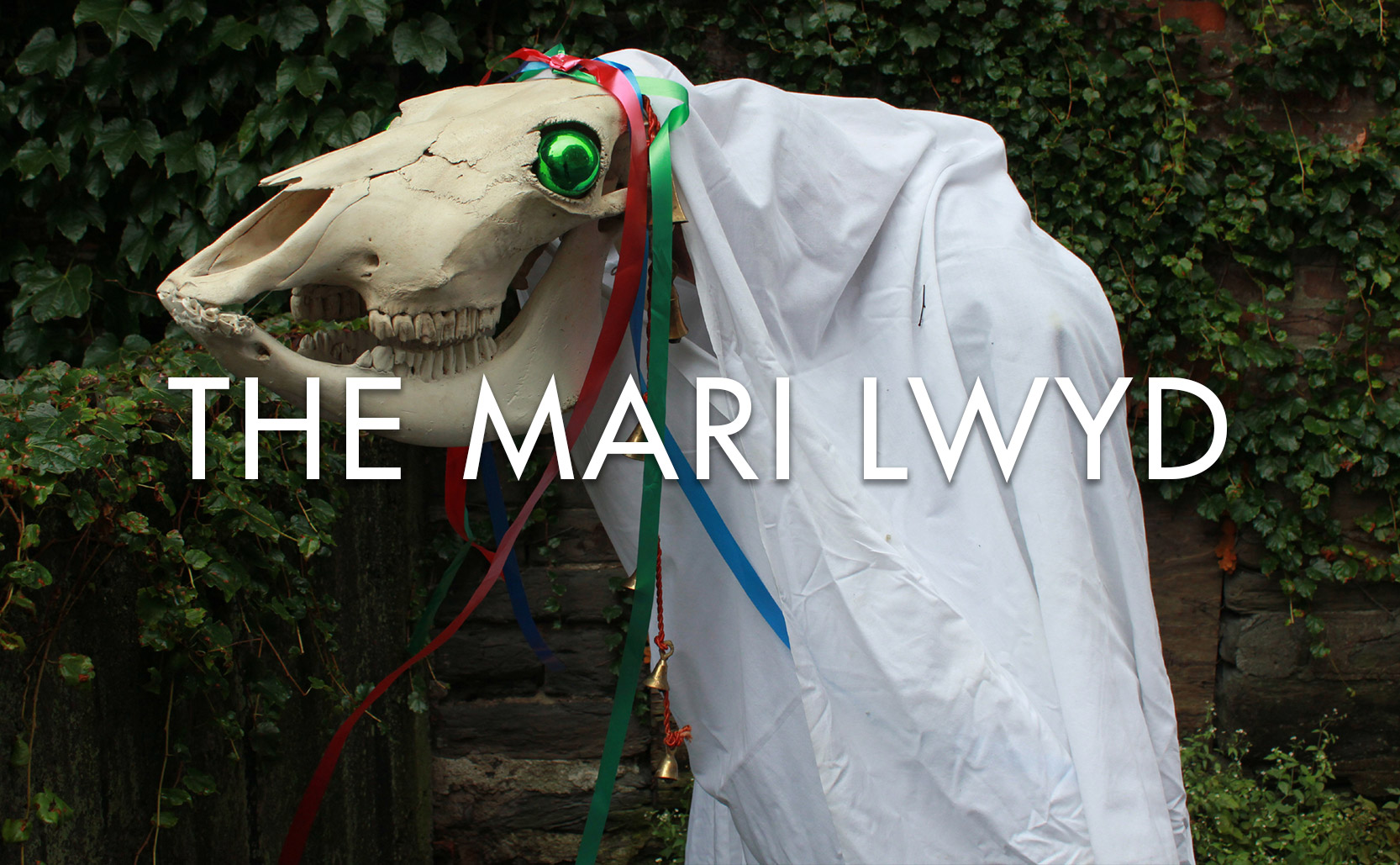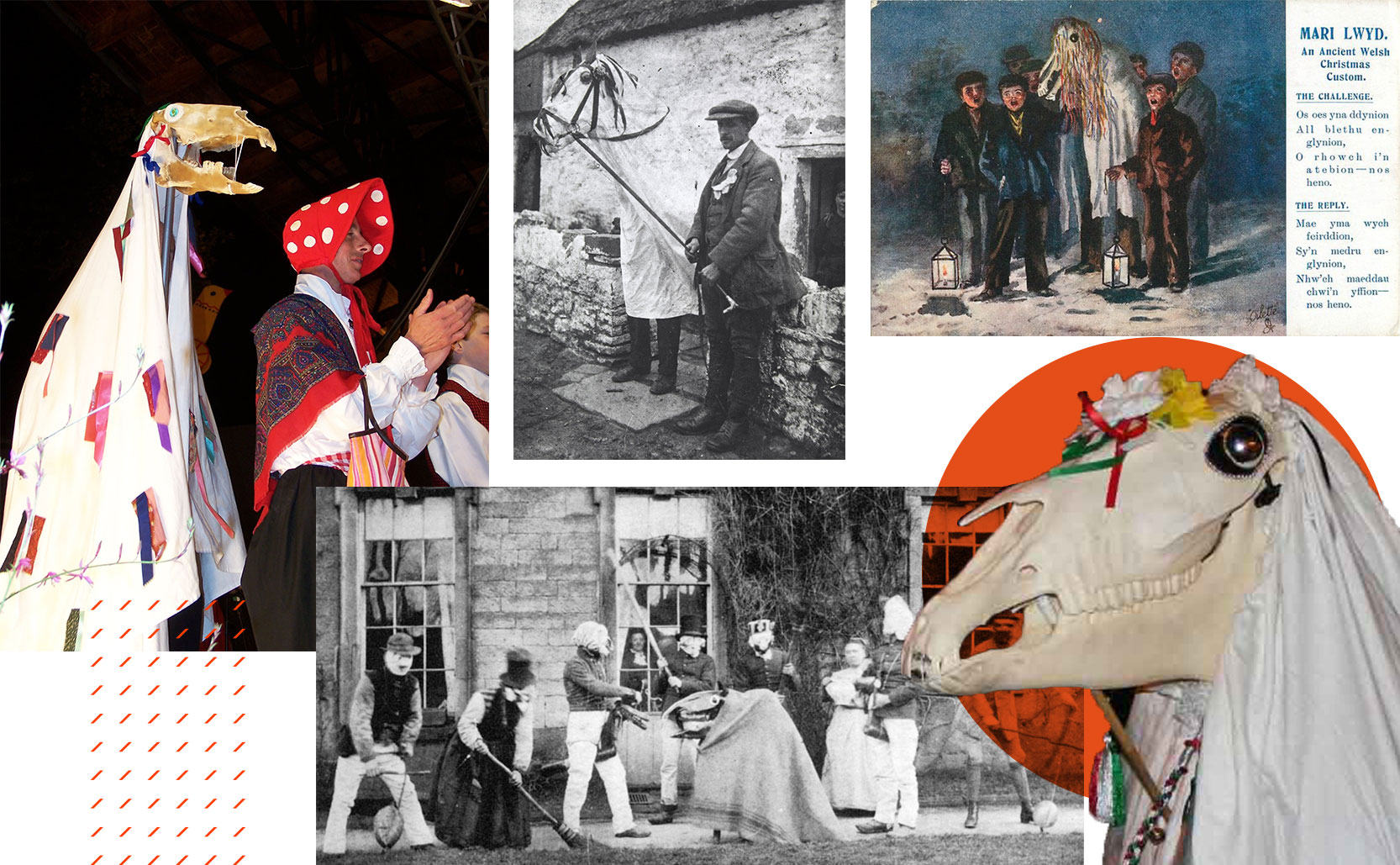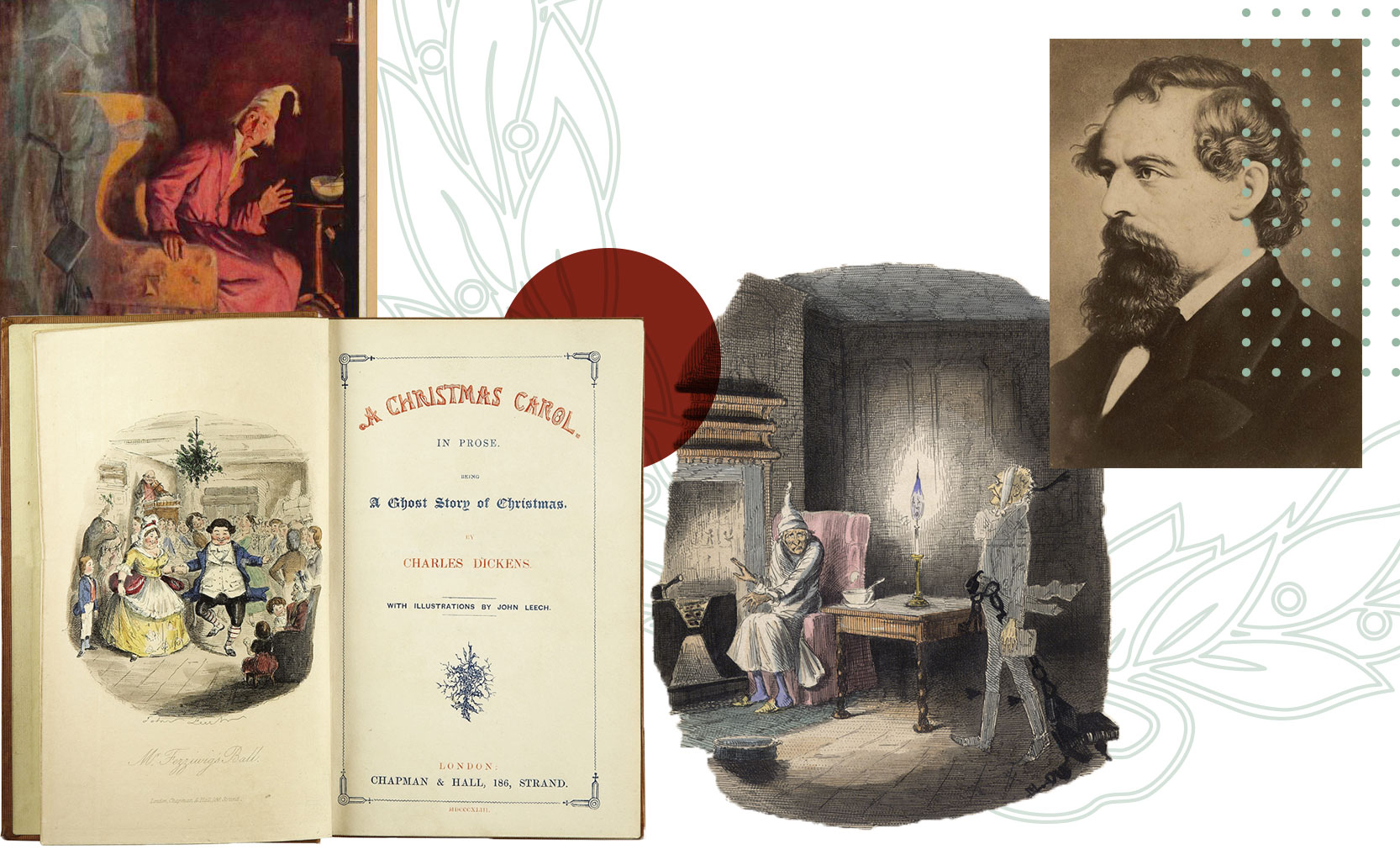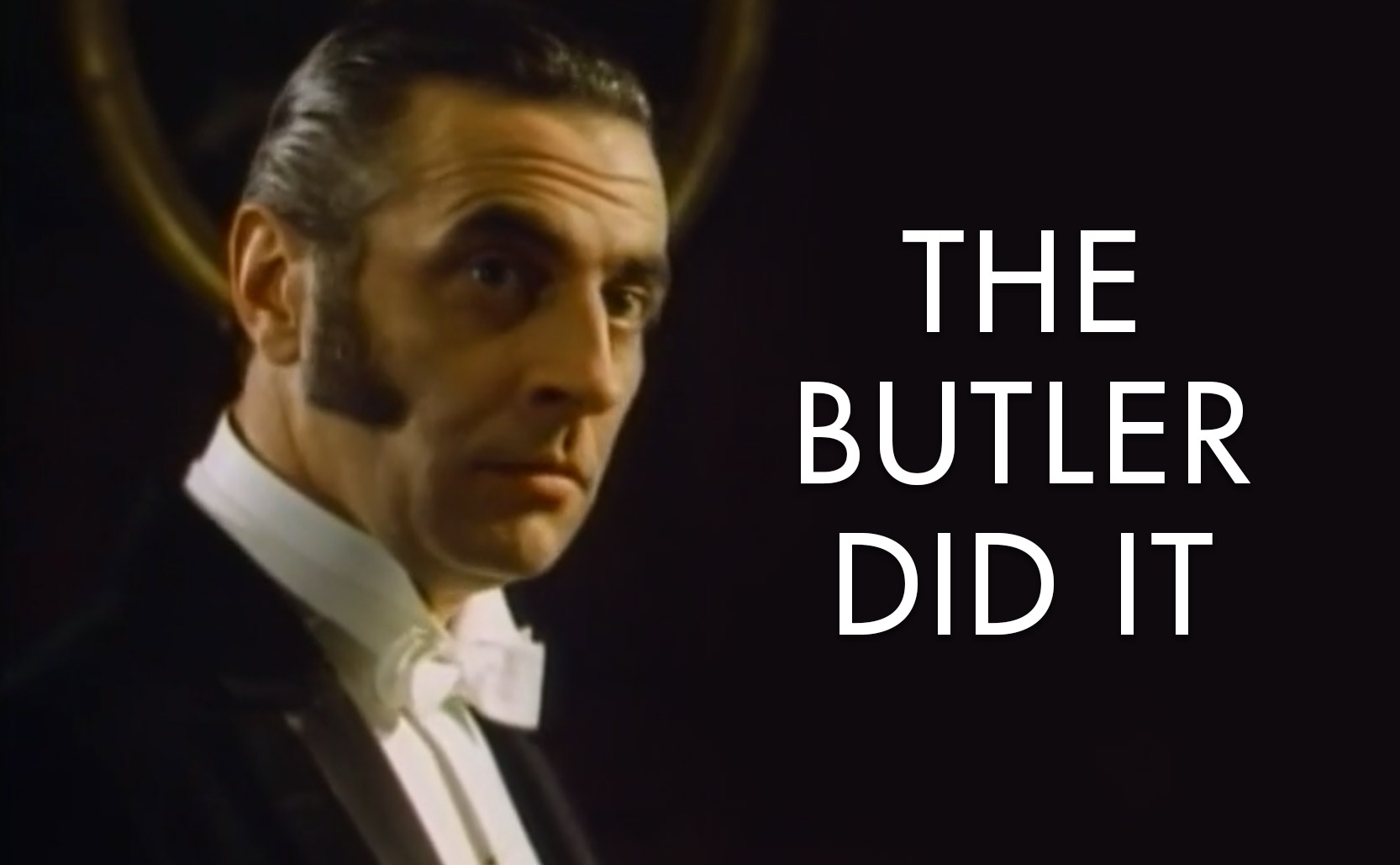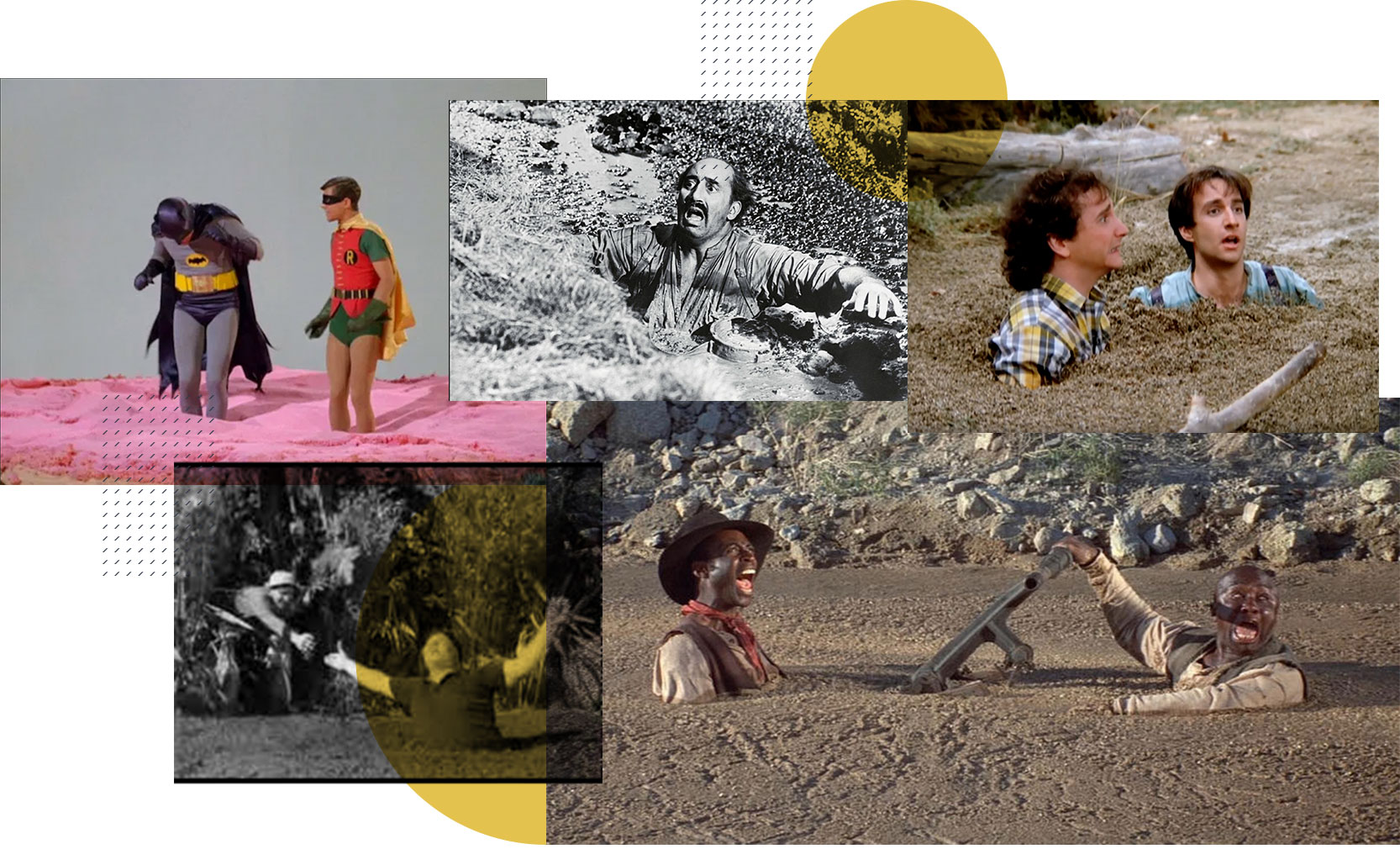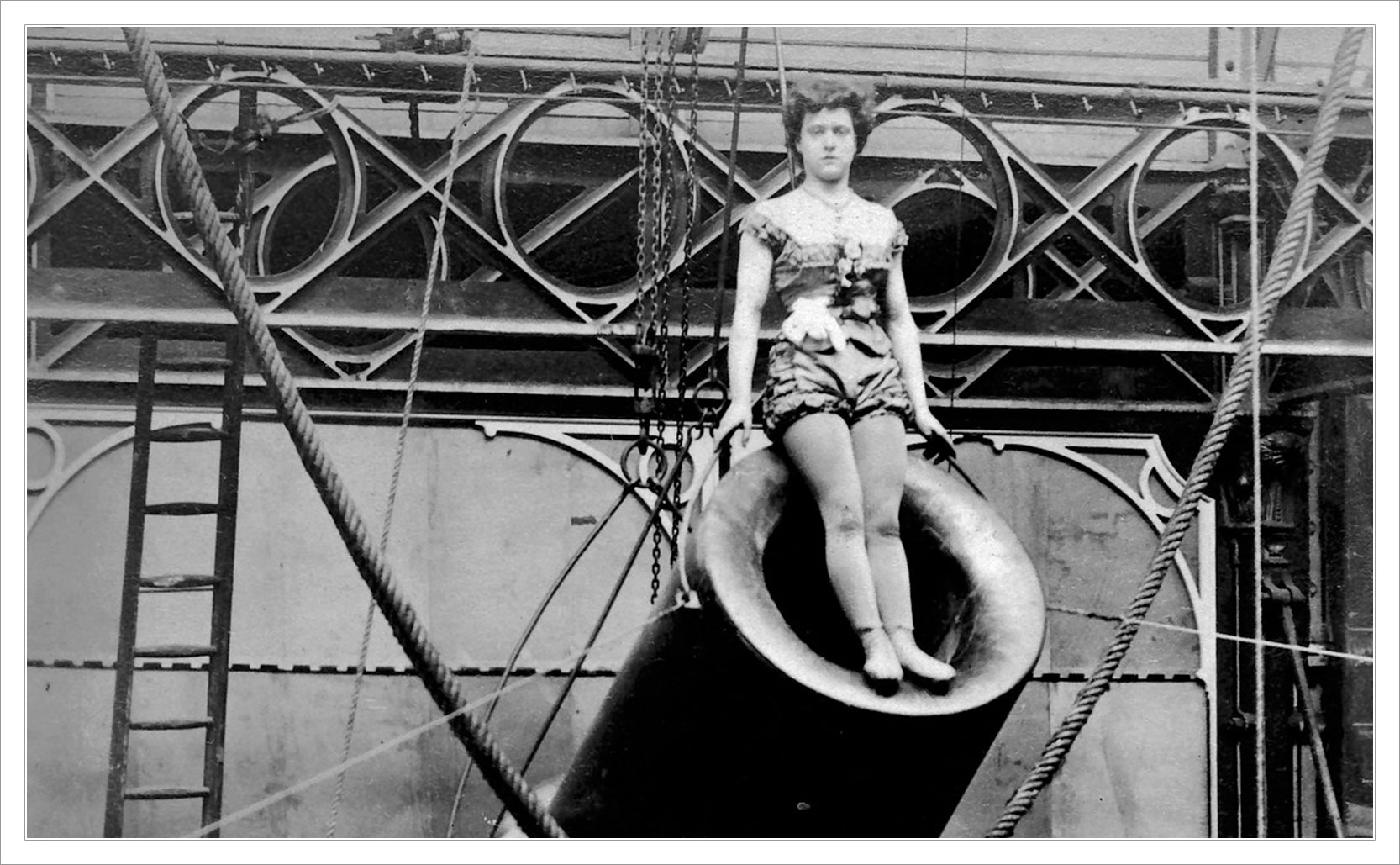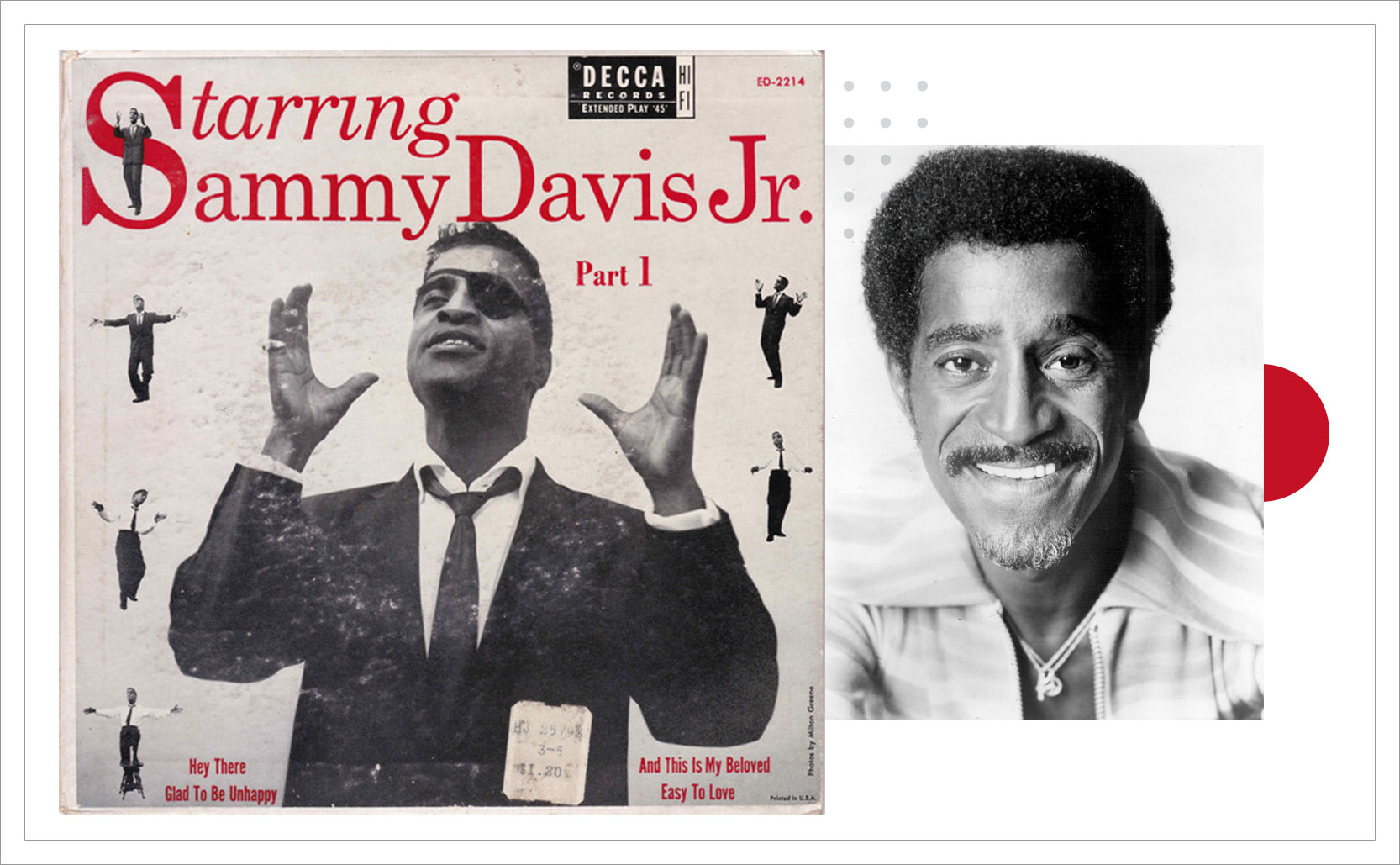Victorian Haunted Houses
We think of Victorian houses as haunted and creepy because of changing cultural values as well as evolving design trends.
Following the American Civil War affluent families (especially in the North) built new homes in the style of the time. The style in the second half of the 19th century was Victorian architecture complete with deep porches, mansard roofs, ornate decorative trim, turrets, heavy drapes, wallpaper, etc. Victorian architecture tended to give each room a specific purpose with an overall closed floorpan.
By the early 20th century however this style was out of fashion. Design was turning towards Modernism and architecture was no different. Architects everywhere were embracing the simpler, cleaner, more open design approach of Modernism – Frank Lloyd Wright was becoming celebrated for his use of the modernist “Prairie style”. Design was moving into the future with forward-thinking ideas of progress (technological, industrial, social, etc.). In this environment Victorian homes looked increasingly behind the times both culturally and stylistically. Architects were outright rejecting what Victorian design looked-like and symbolized. Big Victorian houses, once seen as signs of prosperity were now seen as symbols of corruption – the rich getting richer, the wealth gap, and the prosperity that was unobtainable by the common person.
Out with the old, in with the new
As time marched on many older houses were torn down and replaced with new homes in the latest styles. Those who kept their Victorian homes did so because they either truly liked them or because they no longer had the money to do anything else. It’s this second group of people who let their homes go (sometimes abandoning them altogether), who were no longer able to handle the upkeep.
On the outside the elaborate wood trim would fade or chip exposing the wood to rot & crumble. On the inside the ornate trim would accumulate dust & spider webs. As the houses aged they would settle creating creaking floorboards and doors that might not stay shut, opening by themselves. If gas pipes broke and leaked they could release carbon monoxide, leading people to see visions and feel a sense of unexplained fear. All-in-all the world was moving on but these old, overgrown, decrepit, dusty, creaking Victorian homes sat in decay, stirring up emotions of failure, fear, & unease. Then pop culture put the final nail in the coffin.

In 1938 The Addams Family made their first appearance as a comic in The New Yorker. The creepy, kookie, macabre Addams family lived in an old haunted Victorian mansion (which has been revisited most recently in the 2022 spin-off Wednesday). In 1960 Alfred Hitchcock gave us Psycho in which Norman Bates lives with his mother (sort of) in a spooky Victorian house up on a hill. In 1964 we got The Munsters who, like the Addams Family, were a funny family of creepy misfits living in a Victorian mansion.
Today, regardless of whether they are well-kept or not, it’s hard not to not see Victorian houses as being slightly creepy thanks to shifting design trends and pop culture monsters.



